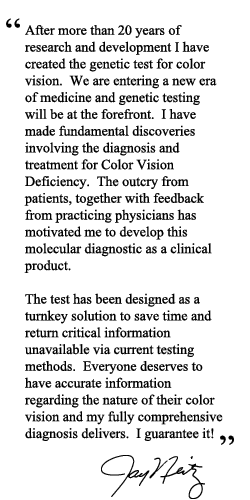My Color Blind Check app will soon be released on the official android play market. I’m not sending you any test releases anymore but stay tuned and download the app, as soon as it is launched. I’ll definitely write about it on color-blindness.com, so stay tuned and register for the newsletter.
I few month back I wrote about my new color vision deficiency test “Color Blind Check” which I’m developing for Android smartphones and tablets. The first tests and impressions were very promising and I even posted a little video of it in my article Early Preview of Color Blind Check App.
Unfortunately I had to rewrite the most part of the test, as the graphics needed to be smoother and more enhancable. Therefore it took quite a while until I had my newest version ready, ready for you, the readers who are eager to learn more about it and ready to be tested.
What I would like to offer you:
- If you have an Android Smartphone…
- …which runs on Android 4.0 or higher…
- …and feel ok with a very unpolished version…
- …and would like to share your check results with me…
- …then you are happily invited to contact me and ask for the APK.
Now, this is not for everyone, I know. My Color Blind Check app is not yet released, so you need to do some tweaks to get it up and running. Also if you use the app—which is not finished at all—you’ll be able to do the test. Anyway, the timing is not correctly shown, you need to be very patient if you have some form of color vision deficiency, there are many things not working yet, you won’t get any results (only through me) and so on.
But, you’ll be one of the first people to have a look at it and try it out, help me to further develop my app and maybe be part of the development of a major color vision deficiency color blindness test of the future.
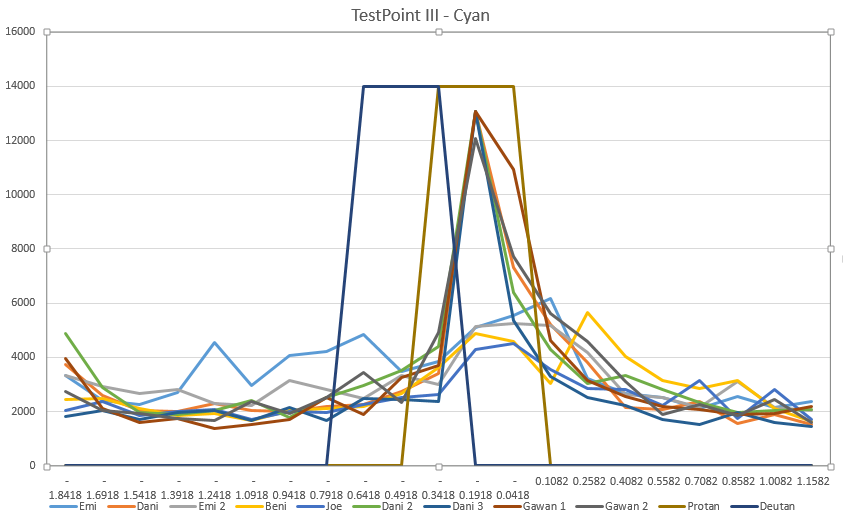
This diagram shows you just some outcomes of the test itself. It’s built on four different test color areas. This shows the reaction time of the third color of a handful of test runs from different persons.
You can see that some people (two severely red-blind guys) have huge peaks. This exactly matches with the theory of color vision deficiency confusion lines. You can also see the sharply edged lines: the left one shows the peak for deutan deficiencies, the right for protan deficiencies. People with no color vision deficiency don’t show any particular peaks at all.
What I need now is a lot more test data. Data from non-colorblind people but also test data from different people which have different forms of color vision deficiencies. Only with this data available, I’ll be able to show if my test works at all or not.
So, if you would like to help me out, just contact me and ask for the APK v0.1 of my new “Color Blind Check”.
Step by step guide
- Get the APK from me by email.
- Change your settings to allow apps from unknown sources to be installed on your Android 4 smartphone: Settings -> Security -> Check: Unknown Sources
- Open the attachment on your smartphone. You’ll be asked, if you would like to install it.
- Find the app “Color Blind Check” and start it.
- Do the test in good light conditions (maybe do a first dry run).
- Share your result by email with me by simply pushing the share button, selecting email and filling out your name, age and if you know, your type of color vision deficiency.
- That’s it. Thanks.
If you send me you’re test data, I’ll put it into my spreadsheet and have a look, what you’re check results look like. If possible, I’ll get back to you and report you, what type of color vision deficiency you’re suffering from according to the test results you sent me, and maybe also how severe your cvd really is.
Thanks already in advance to all who are willing to try this new test getting up and running. – Daniel from Colblindor.

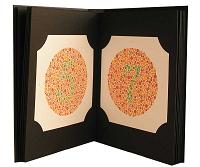
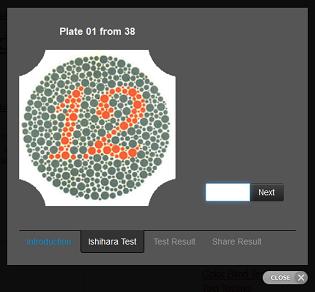
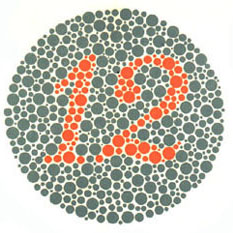
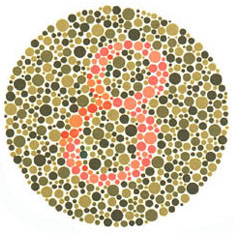
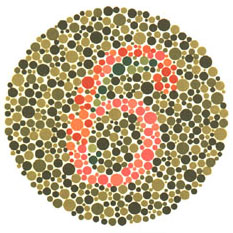
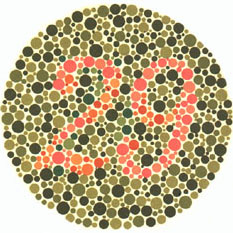
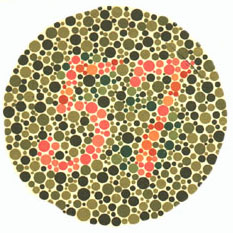
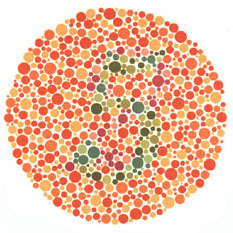

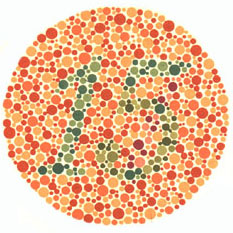
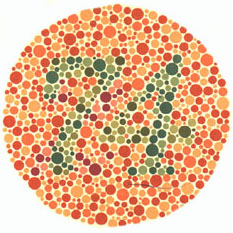
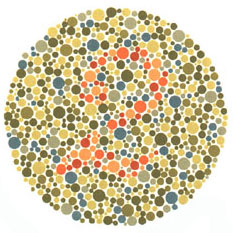
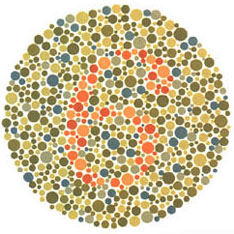
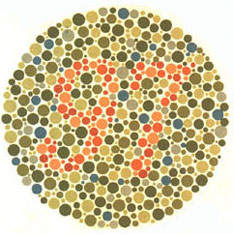

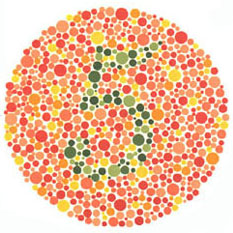
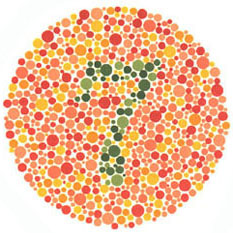
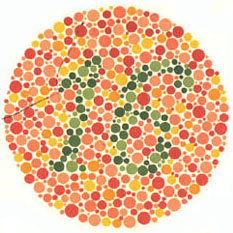
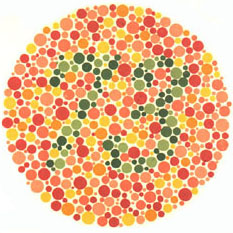
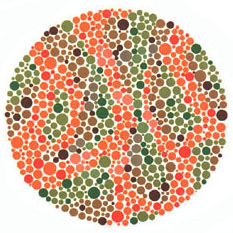
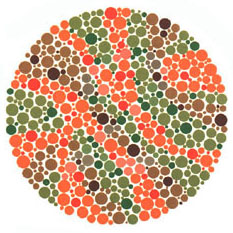
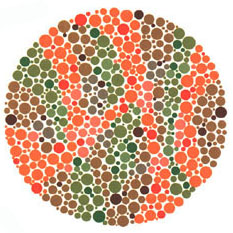

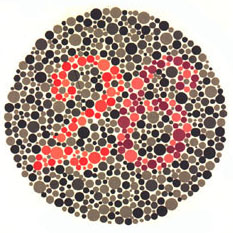

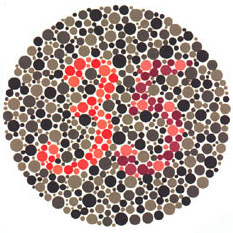
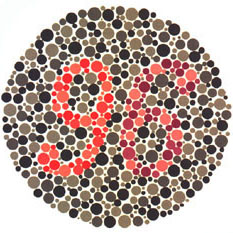
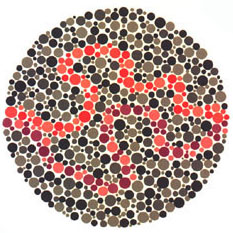
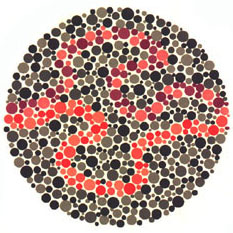
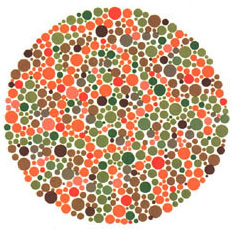
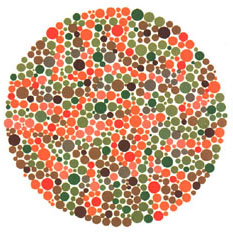
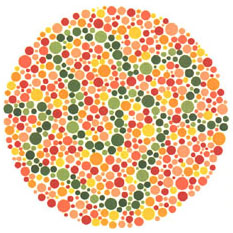
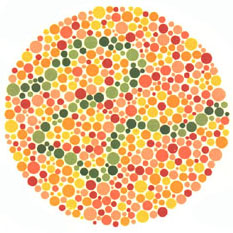

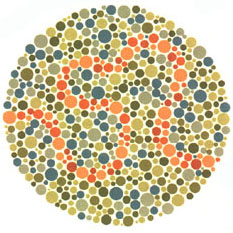

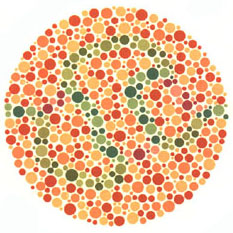

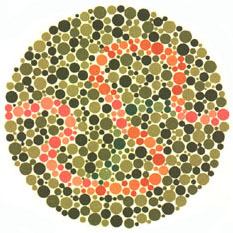




 After almost 100 years since
After almost 100 years since 